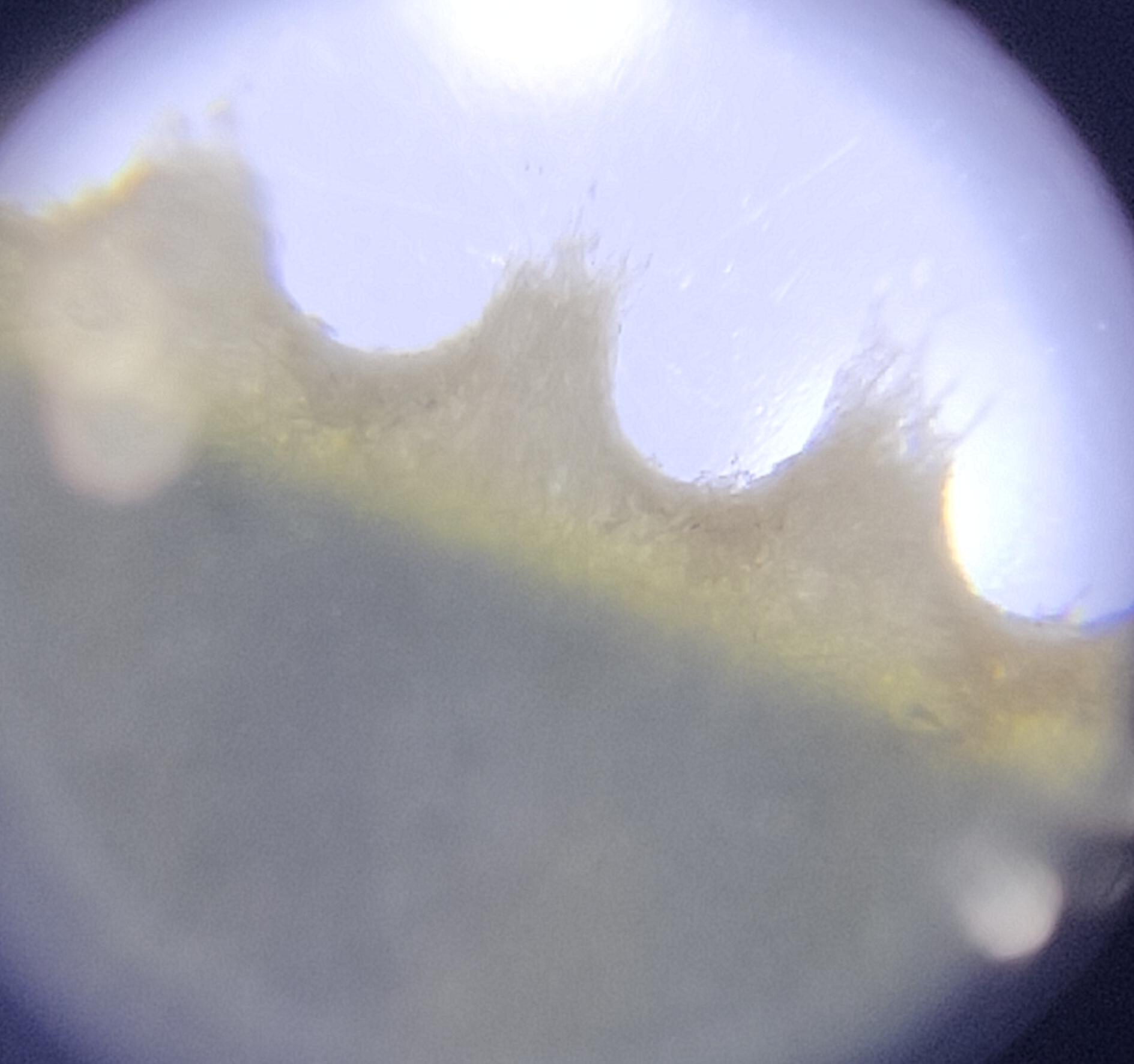100 Years of IMR
Coming from a biomedical background, this is one of my favourite first day covers ever issued by Pos Malaysia. It was issued to commemorate 100 years of the Institute for Medical Research (IMR) featuring three noble achievements.
 |
| Miniature sheet, face value at RM2, depict the double helical structure of the DNA |
 |
| 30sen, depicting the filarial parasite, Brugia malayi, and rice with the label 'beri-beri'. |
It was very meaningful that these two elements were mentioned on the 30sen stamp because the founding of the institute revolved around the need to carry out scientific research on tropical diseases and other infectious diseases that were prominent in Malaya. Here, the IMR achieved a significant breakthrough in filariasis research by establishing an in vitro culture system for the infective stage of B. malayi, as well as B. pahangi. Studies on nutritional status in rural areas, specifically on beriberi were also conducted.
Brugia malayi and filariasis
In the early years of the establishment, research focused on malarial fever and beri-beri. Later on in the advent of the first world war (1917), more studies were conducted, which one of them was on B. malayi, the causative agent of lymphatic filariasis. Lymphatic filariasis is a disfiguring and disabling disease, characterized by the development of severe lymphedema (swelling due to lymph build-up), occasionally also in the genitalia. Collectively, this condition is termed as elephantiasis. In chronic cases of a B. malayi infection, eosinophils infiltrate the lungs (pulmonary eosinophilia) and its compartments causing dry cough, wheezing, shortness of breath, chest pain and bloody sputum.
The emergence of B. malayi, and its significance in tropical Malaya is very much attributed to the most effective tropical disease vector - mosquitoes (Mansonia spp. and Aedes spp. being the most typical).
On the 30sen stamp, the picture depicts a Giemsa stained blood smear showing B. malayi (probably a female judging from its size).
Beri-beri
Beri-beri on the other hand, is a disease caused by nutrient deficiency. In 1918, IMR discovered that it was caused by the deficiency of thiamine (Vitamin B1) that was a result of consuming excessively milled rice - hence, the reason why rice is depicted on the stamp.
A little on beri-beri (or beriberi), there are two types of the disease: 1) wet, which affects the circulatory system (cardiopathy) leading to increased hart rate, swelling of lower legs (edema), enlargement of the heart, and ultimately heart failure, and 2) dry, which affects the nervous system (neuropathy) giving rise to symptoms such as muscle weakness, numbness, muscle pain, loss of reflex, and to a certain degree, the inability to speak.
 |
| 50sen, depicting Clostridium bifermentans malaysia and Anopheles campestris |
In the 50sen stamp, both elements depicted were focused on vector identification and control. Clostridium bifermentans serovar malaysia is a strong tool for vector control, while Anopheles campestris is a vector of malaria
C. bifermentans serovar malaysia is a bacteria that was first discovered by IMR researchers. Protein toxins (H antigen) of the bacteria demonstrated toxicity towards mosquito larvae. Another notable mention is the commercialized MOSBAC employing the spore-crystal complex of Bacillus thuringiensis as biological control on mosquito larvae.
Anopheles campestris
A. campestris is one of the most anthropophilic (attarcted to humans as source of food) species that readily enter homes to feed on human blood. In the coastal areas of Malaysia, A. campestris is regarded as a primary vector of malaria. However, it is noteworthy that A. campestris is just one of the many Anopheles mosquitoes that carries the causative agent of malaria, Plasmodium spp.
 |
| Speaking of malaria, this was the thick and thin blood smear, also known as BFMP, prior to staining performed by myself in a hospital lab two years ago. |
 |
| This is what the causative agent of malaria looks like, the parasite, Plasmodium falciparum with its characteristic ring and marginal form. There were two of them in a single red blood cell! |
 |
| RM1, depicting a chromatogram of the DNA sequence and Eurycoma longifolia, also known as Tongkat Ali. |
Chromatogram of the DNA sequence
In layman's term, chromatography is a technique that analyzes or detects the presence of individual components of a mixture. For example, when a glass of citric juice is analyzed via chromatography, different types of acids (ascorbic, lactic, tartaric, etc) will be detected, which will appear as waves that indicate their concentration on the Y axis, and time on the X axis. Depicted on the stamp is a chromatogram of a DNA sequence, which similarly, shows the sequences detected.
Eurycoma longifolia
This needs little introduction to the Malaysian community. E. longifolia, also known as Tongkat Ali, is a herbal root from a plant that grows deep in the tropical rainforests. It is used as a traditional herbal medicine with versatile medicinal effects. Traditionally, Tongkat Ali is used as an appetite stimulant, antibiotic, health supplement, and even as an aphrodisiac. Nowadays with modern research, it is incorporated as a popular dietary supplement.
Quite a lengthy read, perhaps, I got too carried away with giving brief notes on each of the stamps.
That said, thank you for your time and thanks for dropping by!
Note on stamps:
1. Malaysia 2000 ISC 812-814 30sen-RM1 multicolored
Wmk SPM
P. 13.5 (30sen) and P. 14 (50sen and RM1)
Wmk SPM
P. 13.5 (30sen) and P. 14 (50sen and RM1)
2. Malaysia 2000 ISC MC262-M RM2 multicolored
Wmk SPM
Wmk SPM
P. 14
3. Malaysia 2000 ISC MC262SHi (only in strip of 2) 30sen multicolored
Wmk SPM
Wmk SPM
Imperforated




Comments
Post a Comment